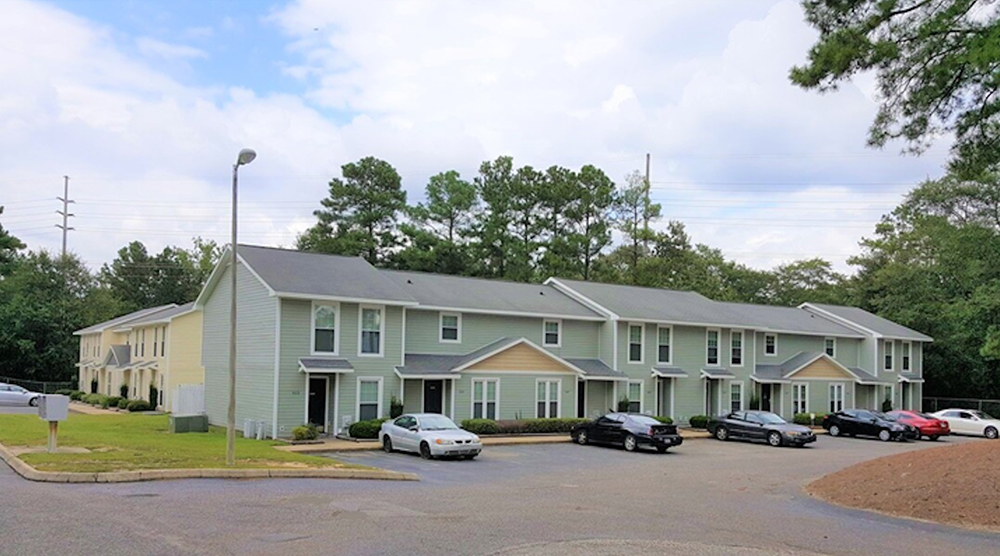News: Financial Digest
Posted: October 10, 2007
Where is the market going? A work in progress?
Where is the market going? What more do we know today then we did a month ago?
The good news for the CMBS financing market is that the spreads have diminished somewhat from the highs of 220 to the 180-190 bps over the corresponding treasury index. The index has decreased over the past three months, as evidenced by the graph below.
The CMBS spreads of 220bps over the treasury of three months ago, if available, from a lender, who was lending, would have rendered a 7.45% interest rate. Today that same rate could be, 185 bps plus 4.55, 6.40%. And, another difference is that the quotes are far more 'real' than they were three months ago. The trending is at the least is positive, and offers those with transactions in mind the motivation to re-enter the once very delicate financing market of three months ago with a bit more confidence.
The most indicative indication of where the CMBS market is going is the performance of various pools as they go to market and how they are perceived. Currently there are several cueing-up and their overall performance will give us further levels of confidence or lack thereof.
Life Companies, continue to offer competitive rates. The five year permanent fixed rate loan would appear to be the most advantageous due to the 5 year Treasury index. The five year spreads are in the mid 100's range, in the areas of 150-175 bps. Obviously when coupled with a much lower index these elements offer the Borrower a lower overall rate. Another positive to Life company borrowing is the 30/360 annual payment basis which essentially saves a number of bps over a term.
Unfortunately, at this time of the year, the five year money is hard to find if almost non-existent. Awaiting the first of year for five year money may add some excitement to the financing of new acquisitions as the DSC ratios will be better than on ten year transactions.
Banks continue to lend. While some banks continue to price over FHLBB, there are those that are pricing over the Treasuries. Even more remarkable is that there are banks that, to take the business "off the street", are underwriting often on a 25 year amortization schedule, to determine loan amount, but then may offer interest only full term, i.e. conservative underwriting for the Lender, but excellent debt costs for the Borrower. These deals obviously work on the lower loan to value transactions.
Libor has enjoyed the impetus created by the reduction in Prime from 8.25 to 7.75, by adjusting downward to 5.13. This has improved the cost of debt for those seeking or paying on construction loans.
In all, the status of the market is still a 'work in progress' with new lender formats and lending programs emerging almost daily. The pleasantries of the market are a bit less dower than they have been over the summer months and deal flow has increased indicating renewed interest in re-evaluating the prudence of seeking financing at this time. My refrain in all cases has been to evaluate what the market can provide and if the numbers work well at accomplishing your end game goals, then make the determination.
June Fish is partner at Ashworth Mortgage Corp., Newton, Mass.
Tags:
Financial Digest
MORE FROM Financial Digest
Preservation of Affordable Housing secures $23.5 million in financing from Rockland Trust and Citizens Bank
Cambridge, MA The nonprofit Preservation of Affordable Housing (POAH) has secured $23.5 million in financing from Rockland Trust and Citizens Bank to transform a 150-year-old, underutilized church complex into housing. The project will ultimately create 46 affordable family-sized apartments.

Quick Hits
Columns and Thought Leadership

Examples of investors who used Kay Properties for legacy and estate planning purposes for rental property/portfolios - by Dwight Kay
Preserving wealth across multiple generations requires strategic planning, foresight, and the right investment vehicles. Delaware Statutory Trusts (DSTs) offer a powerful solution for families looking to build and protect their financial legacy and to efficiently plan for their estate.

Conn. hospitality market: A technical appraisal perspective on market dynamics and valuation challenges (2019-2025)
The Connecticut hospitality market has demonstrated uneven recovery patterns between 2019 and 2025, with boutique and historic properties achieving $125 RevPAR in 2025, up 8.7% from the 2019 level. Coastal resort properties achieved a $105 RevPAR in 2025, representing 10.5% growth since 2019. Casino corridor properties maintained modest growth with RevPAR improving 4.5% to $92 in 2025.








